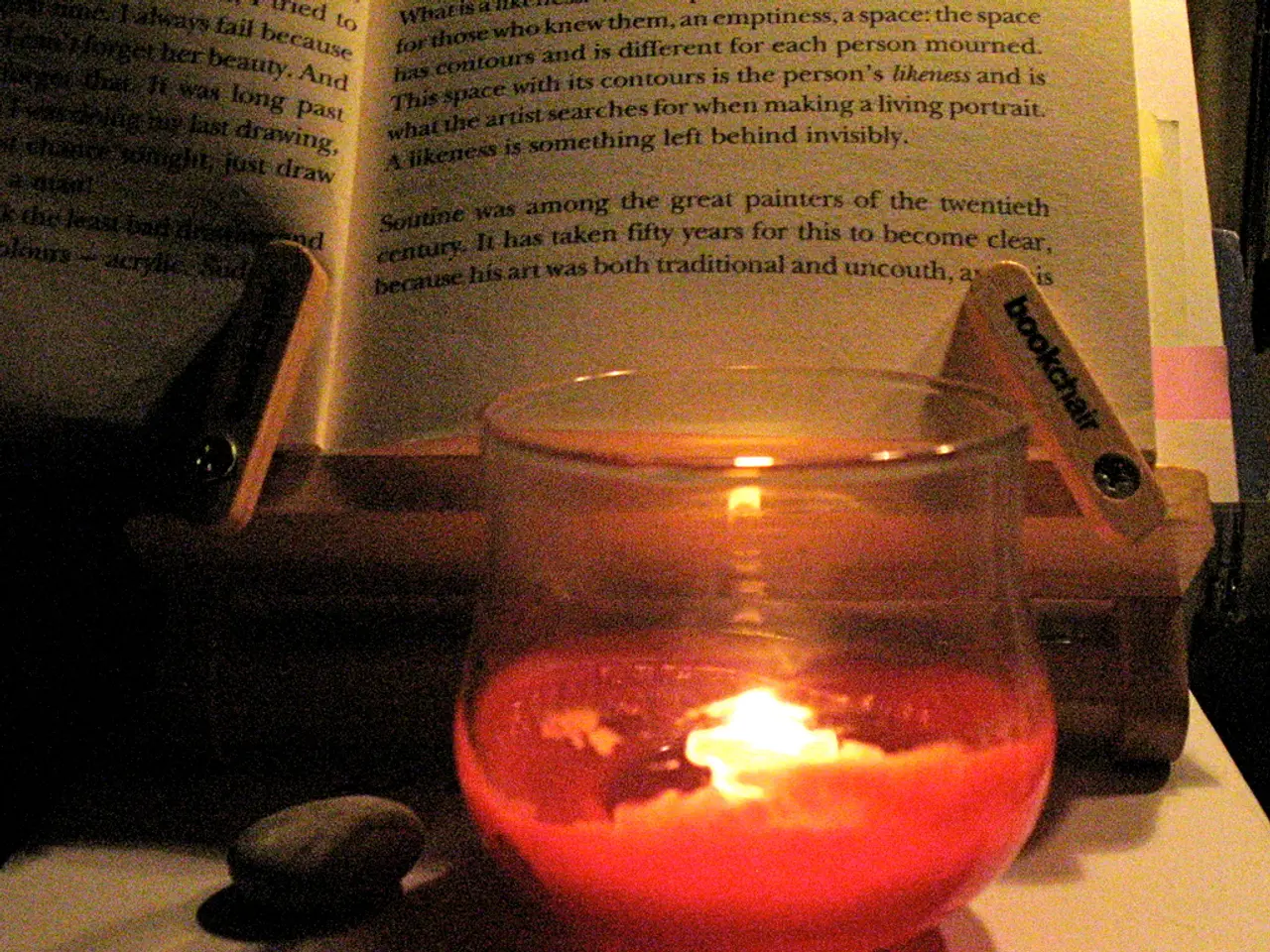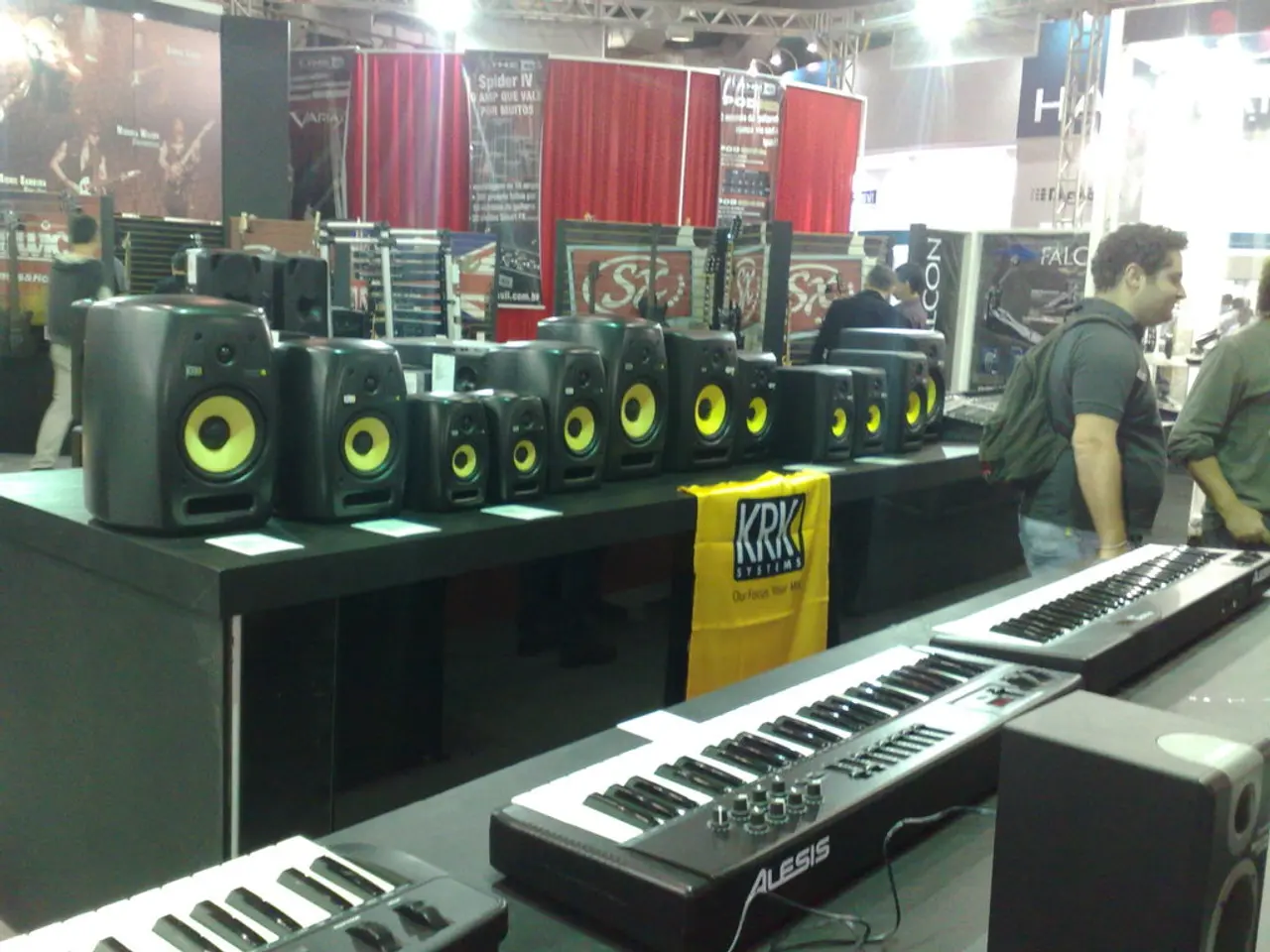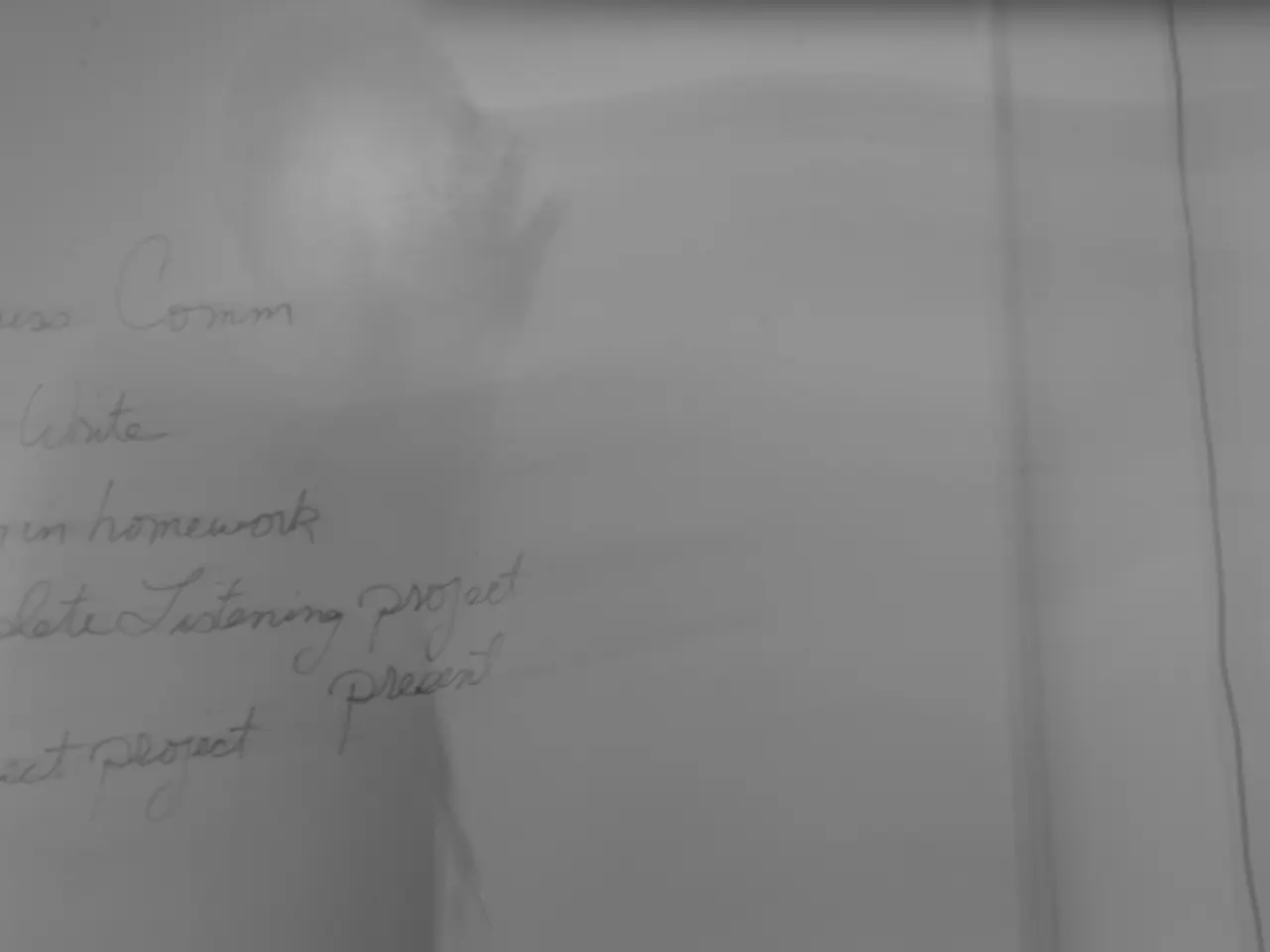John Dee and Edward Kelley's Enochian Chronicles
In the intellectual and spiritual heart of the Renaissance, two figures, John Dee and Edward Kelley, embarked on an extraordinary quest to uncover the secrets of a celestial language known as Enochian. This captivating narrative, now known as the Enochian Saga, intertwines history, language, and mysticism, offering a fascinating glimpse into the era's esoteric and intellectual explorations.
John Dee, a renowned mathematician, linguist, navigator, inventor, astronomer, and astrologer, was deeply influenced by Hermetic philosophies and believed in the interconnection between the divine and the natural world. His partner in this endeavour, Edward Kelley, was known for his alchemical knowledge and skill in scrying, an ancient divinatory practice.
The Enochian language was believed to be the language of God and angels, linking back to the biblical figures of Adam and Enoch. According to the saga, Adam originally spoke this celestial language in the Garden of Eden but lost his fluency after being expelled from paradise. Enoch, the seventh generation from Adam, was portrayed as a key figure, deemed worthy by archangels to revisit this divine language.
Dee and Kelley's work was rooted in various esoteric traditions, including alchemy, astrology, and the Kabbalah. The Kabbalah, a Jewish mystical tradition, was particularly influential in shaping their understanding of spiritual hierarchies and the nature of the cosmos. This background provided a rich context for their exploration of an angelic language.
The philosophical underpinnings of their work were deeply rooted in Neoplatonism and Hermeticism, which emphasized the interconnectedness of all things and the potential for human spiritual ascent. These philosophical frameworks encouraged the exploration of mystical languages as a means to access higher states of consciousness or divine knowledge.
The Enochian language was framed within a theological context, drawing from biblical narratives and apocryphal texts. Dee and Kelley believed that this language was the original tongue of humanity, known as "Celestial Speech" or the "Adamical" language. They claimed it was revealed to them through interactions with spirits and angels, aligning with the belief that Enoch, the biblical patriarch, was the last mortal to speak it before its disappearance.
The Monas Hieroglyphica, a symbol and esoteric work created by John Dee, represents his attempt to express the mystical unity of all creation. The pursuit of Enochian was also part of broader mystical and occult practices during the Renaissance. Dee and Kelley's methods, involving séances and spirit communication, were typical of the time's fascination with the supernatural and the hidden.
However, the authenticity and functionality of the Enochian language have been a subject of debate among linguists and historians. Dee and Kelley attempted to decipher the complex Enochian language through cryptographic puzzles contained in the Book of Logaeth. Despite these efforts, the language remains a mystery, with some viewing it as a genuine example of a constructed language with a unique grammar and syntax, while others see it as a product of the Renaissance imagination, reflecting the esoteric and mystical themes of the period.
The Enochian Saga reflects the cultural and intellectual cross-currents of the Renaissance. It embodies the era's blend of mysticism, scholarship, and exploration of the unknown. The legacy of John Dee's work and contributions to the study of the celestial language continues to captivate modern scholars and practitioners, offering a lasting testament to the intellectual curiosity and fascination with the esoteric that marked the Renaissance.
- John Dee, a versatile intellectual and spiritual seeker, delved into the extraordinary, attempting to unearth the secrets of the celestial language called Enochian during the heart of the Renaissance.
- Edward Kelley, a gifted alchemist and scryer, joined forces with Dee to unravel the complexities of the Enochian language, which they believed was spoken by God and angels.
- Adam, biblical figure and the first human, was thought to have spoken this heavenly language in the Garden of Eden, but lost his fluency after being expelled.
- Enoch, prophet and seventh descendant of Adam, was considered worthy by archangels to rediscover this divine language for humanity.
- Rooted in alchemy, astrology, Kabbalah, Neoplatonism, and Hermeticism, Dee and Kelley's quest for Enochian presented an intricate tapestry of ancient esoteric practices.
- The Enochian language, known as "Celestial Speech" or "Adamical," was believed to be a means to tap into higher states of consciousness or divine knowledge.
- The Monas Hieroglyphica, a symbol and esoteric work by Dee, symbolized the unified creation. This quest for Enochian was part of a broader mystical and occult movement during the Renaissance.
- The debate on the authenticity and functionality of the Enochian language continues among linguists and historians today, with some regarding it as a genuine constructed language, while others viewing it as a product of the Renaissance imagination.



